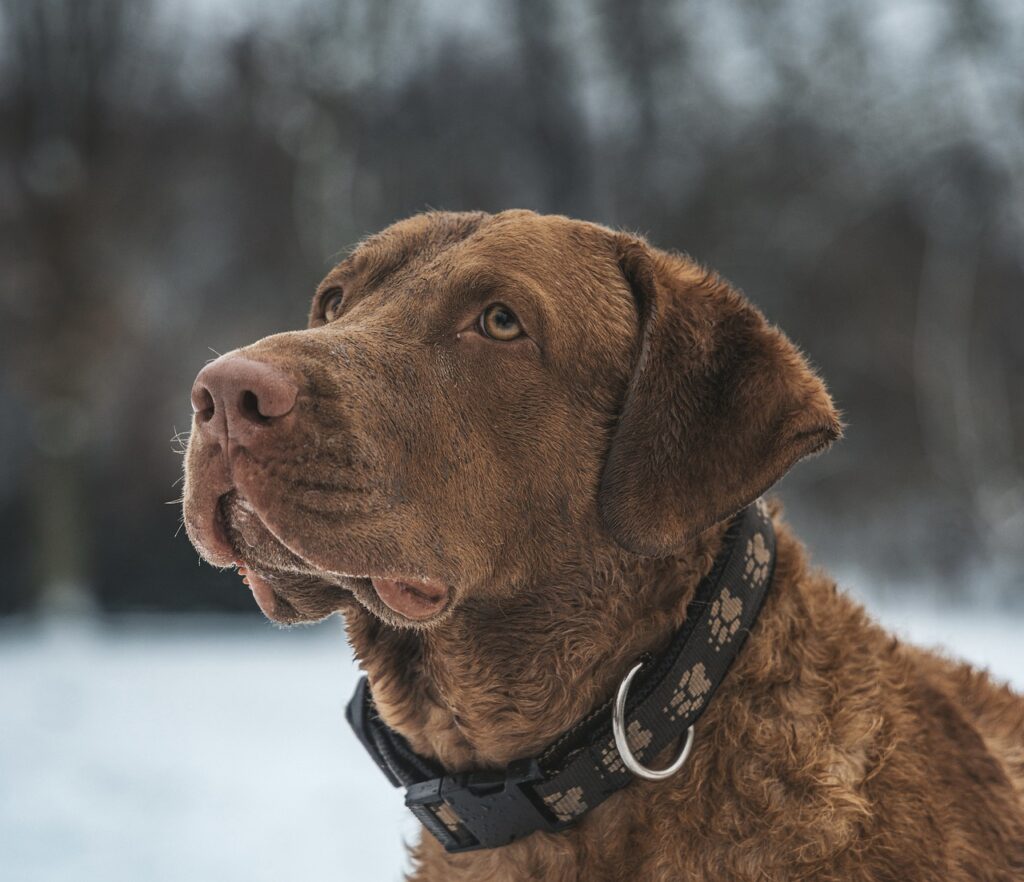Can Dogs Eat Bread? – Yes, They can
Dogs can safely eat bread in much the same way as humans—in moderation. Just like for us, too much bread can lead to weight gain and health issues for dogs. It’s best to stick to plain bread, as ingredients like nuts and raisins can be toxic to our furry friends. As long as the bread is free from harmful additives, an occasional small piece should be just fine for your dog.
Can Puppies Eat Bread?
Yes, but with caution. Puppies have sensitive digestive systems, so it’s imperative to introduce any new food, like bread, gradually. The bread must not contain any ingredients that are unsafe for dogs, such as chocolate, xylitol, or certain nuts. Puppies should only have bread as a rare treat and not as a regular part of their diet.
Things to consider when feeding bread to puppies?
When giving bread to puppies, make sure it’s plain and not made with ingredients that could harm them. Monitor for any signs of an allergic reaction or digestive upset, as their smaller bodies are not as good at handling new foods. Bread should never replace a significant portion of a puppy’s diet, nor should it be used as a meal replacement.
Nutritional Benefits of Bread for Dogs – Why Dogs can have Bread
Fiber
Bread contains dietary fiber which can aid in a dog’s digestion when fed properly. Whole grain or whole wheat varieties of bread offer more fiber benefits.
Proteins
Most breads contain some level of protein, which is an essential part of a dog’s diet, though it should come mainly from meat sources.
Carbohydrates
Carbs found in bread provide dogs with energy. However, it should be a supplement to their meals, not a major component.
Vitamins and Minerals
Some breads are fortified with vitamins and minerals that can benefit a dog’s health, but it’s typically minimal compared to other food sources.
Hydration
Moist bread might help with minor hydration, but it’s not a reliable source for maintaining a dog’s fluid balance.
Possible Allergies: Can Dogs Be Allergic to Bread?
Yes, dogs can be allergic to bread or specific ingredients within it. Wheat allergies are not uncommon in dogs, which would make most types of bread off-limits.
Symptoms of Bread Allergies in Dogs
- Itchy skin: Watch out for excessive scratching or biting at skin after bread consumption.
- Gastrointestinal upset: Signs like vomiting or diarrhea can indicate an allergy.
- Ear infections: Frequent ear infections can also be a sign of a food allergy.
What to Do If Your Dog Shows Symptoms?
- Eliminate bread: Remove bread from your dog’s diet immediately.
- Consult a vet: Seek professional advice to manage the allergy symptoms.
- Hypoallergenic diet: A vet may suggest a dietary change to pinpoint the allergy source.
Recommended Amount: How Much Bread Can a Dog Consume?
The amount of bread a dog can eat depends on the dog’s size and overall diet. A small cube of bread as an occasional treat is unlikely to harm your dog, but it should never be a significant part of their daily caloric intake.
Things to Consider When Feeding Bread to Dogs
Bread should not be given to overweight dogs or those with a sensitive stomach. Always make sure it is plain and free from harmful additions like raisins, garlic, and onions.
How to Feed Bread to Dogs: A Quick Guide
Bread can be a warm, comforting treat for dogs, but it should always be served in moderation. Here are some ways to safely include bread in your dog’s diet.
Peanut Butter Bread Surprise
Smear a small piece of whole wheat bread with unsalted, xylitol-free peanut butter for a delicious treat. This combo provides the added benefit of healthy fats and proteins.
Bread & Pumpkin Cube Treats
Dice bread into small cubes and bake them with a bit of pureed pumpkin for a fiber-rich snack.
Banana Bread Bites for Dogs
Create a dog-safe version of banana bread using whole wheat flour, bananas, and a canine-friendly sweetener, then bake in small, treat-sized portions.
Conclusion
While bread is not toxic to dogs, it’s a treat that should be shared sparingly and responsibly to avoid any potential health issues or allergies. Ensuring the bread is plain and portion-controlled is the key to safely adding it to your dog’s diet. When in doubt, always consult your veterinarian before introducing any new food to your furry friend’s menu.



